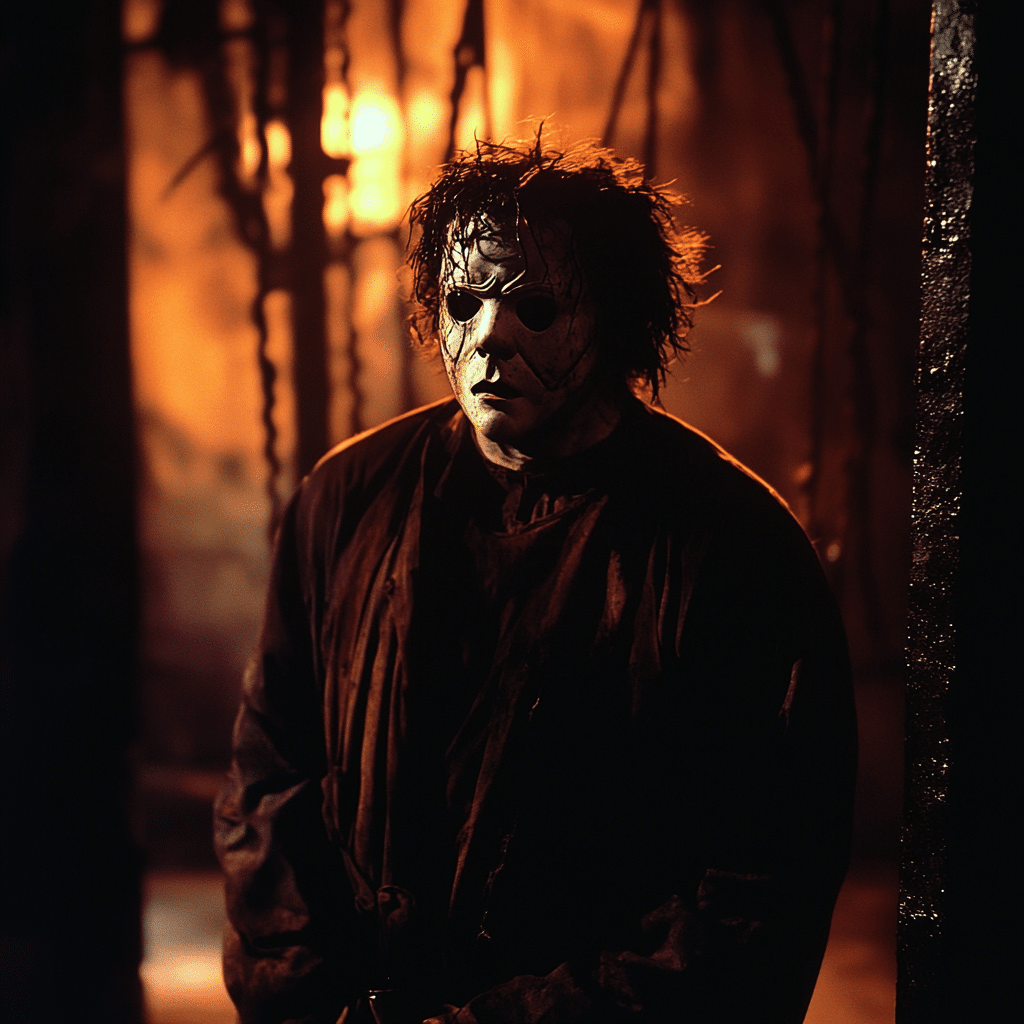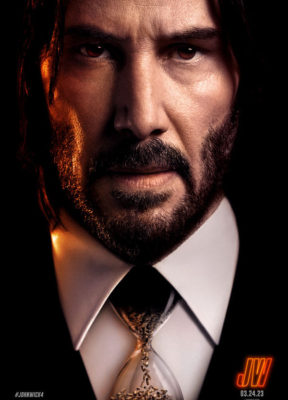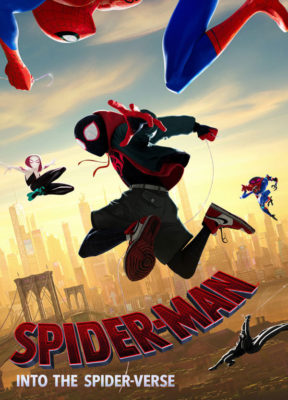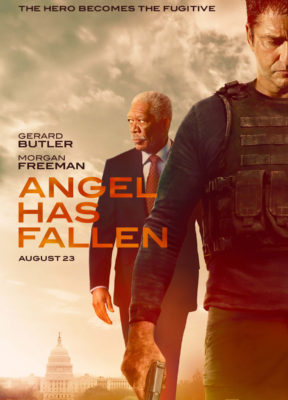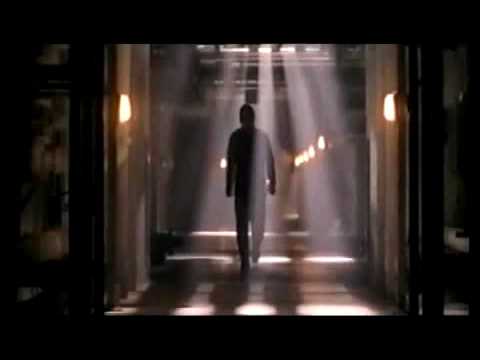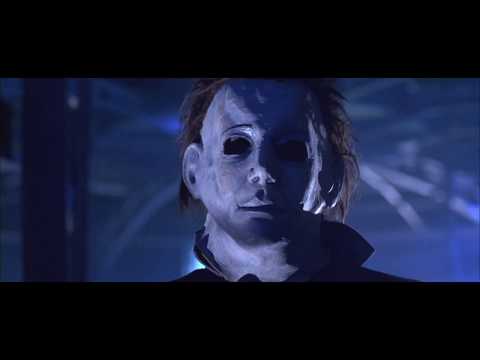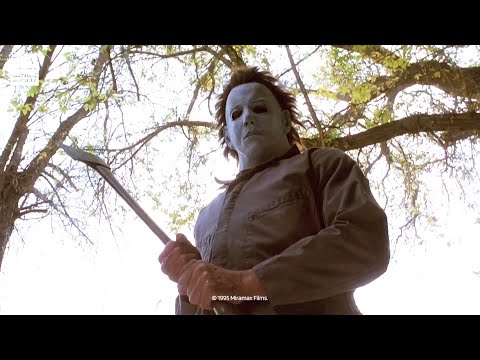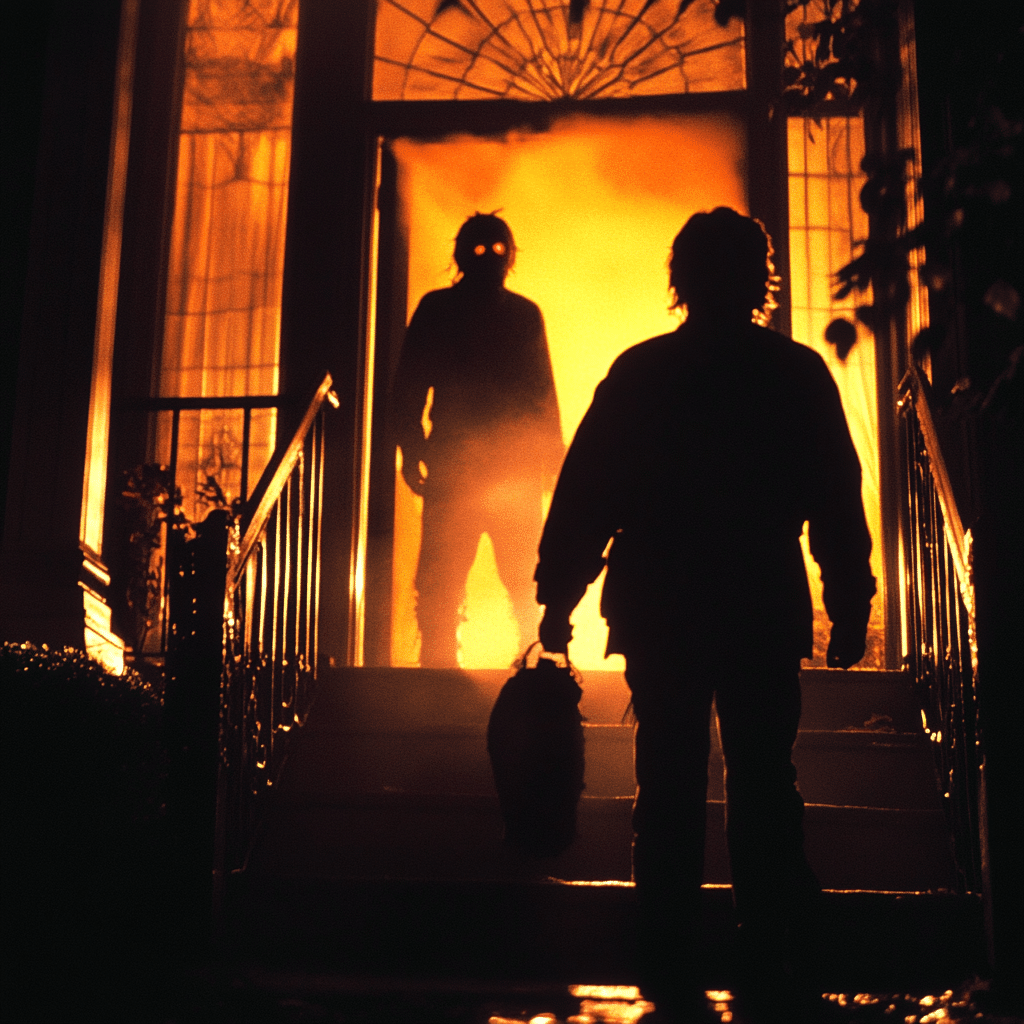
Halloween 6 The Curse Of Michael Myers Shocking Secrets Revealed
The Halloween franchise has cemented its place in film history, captivating audiences with its blend of horror and suspense. Among its many entries, Halloween 6: The Curse of Michael Myers (1995) stands out as a pivotal chapter that takes the saga of Michael Myers in unexpected directions. This installment reveals shocking secrets that not only deepen our understanding of the film but also connect it to its predecessors—like Halloween 4: The Return of Michael Myers and Halloween 5: The Revenge of Michael Myers. Join us as we peel back the layers on this intriguing entry and uncover the unique elements that have shaped its legacy.
7 Shocking Secrets Behind Halloween 6: The Curse of Michael Myers
One of the most mind-boggling aspects of Halloween 6: The Curse of Michael Myers is the introduction of the Thorn cult. This shadowy group plays a pivotal role in Michael’s story, tying his horrendous actions to an ancient Druidic curse. It adds a supernatural twist, veering away from the more straightforward slasher vibes of earlier films. Talk about a game changer!
The making of Halloween 6 wasn’t a walk in the park. With tensions riding high between the original creators and the new producers, director Joe Chappelle faced a tough balancing act. He inherited a screenplay that went through numerous rewrites, which kept shifting the film’s tone and vision. This tug-of-war ultimately created a final product that felt pieced together, akin to a jigsaw puzzle missing several crucial pieces.
Unlike its cousins, Halloween 4 and Halloween 5, which leaned more on suspenseful stalking and classic slasher thrills, Halloween 6 took a much darker dive into psychological themes. The film tackles complex issues like family trauma and the burden of legacy, making it richer and more unsettling. This shift toward a serious narrative heightened the stakes, adding depth that fans hadn’t anticipated.
In Halloween 6, fans bid farewell to the legendary Donald Pleasence, who reprised his iconic role as Dr. Sam Loomis. His character’s quest to understand the depths of Michael’s evil gave emotional heft to the film. As this marked his final performance in the series, watching Loomis navigate the horrors surrounding him tugged at the heartstrings of fans, ushering in a poignant goodbye to a beloved figure.
While Halloween 5: The Revenge of Michael Myers established crucial characters and plotlines, it was Halloween 6 that made a bold move by introducing Kara Strode as the new lead. This pivot from established characters like Jamie Lloyd had some fans shaking their heads. Changing the focus felt jarring and exposed how shifting creative visions can sometimes alienate the very viewers eager for consistency.
Halloween 6 is infamous for its myriad versions and alternate endings, creating a labyrinth of confusion. The ultimate fate of Michael Myers fluctuates between cuts, adding to the film’s mystique but also muddling its narrative. Interviews with the cast and crew reveal that these decisions aimed to maximize suspense and keep audiences guessing, though they ended up complicating matters for hardcore fans.
Despite its mixed critical reception, Halloween 6 has cultivated a dedicated cult following over the years. Its daring blend of slasher thrills with supernatural lore opened up discussions about horror film possibilities in narrative depth. Future filmmakers have drawn inspiration from Halloween 6, using it as a touchstone for exploring more complex themes within their own projects, reflecting how the genre can evolve over time.
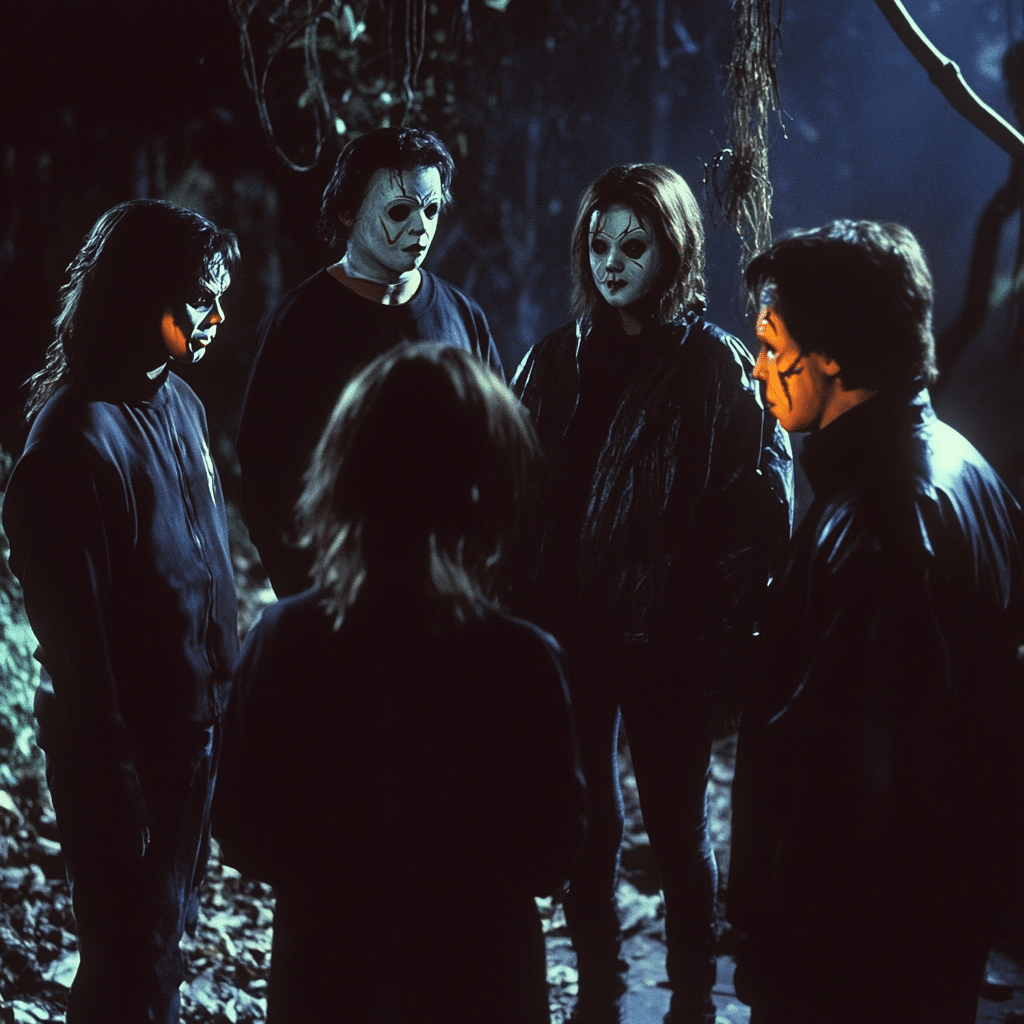
Embracing the Complexity of Halloween Lore
While Halloween 6: The Curse of Michael Myers may not have garnered the acclaim of its predecessors, it undeniably contributes a crucial thread to the broader Halloween tapestry. The film dives into themes of legacy and the intertwining of family and evil, showcasing a desire to enrich the audience’s experience with Michael Myers.
As we take a closer look at the hidden narratives and shocking secrets of this installment, it becomes evident that Halloween 6 deserves its place in the annals of horror cinema. The ongoing conversations about the film highlight the enduring impact even the most polarizing entries can have on our cultural fabric, encouraging both fans and filmmakers to explore horror’s rich storytelling possibilities. As you ponder the wild ride that is Halloween 6, don’t forget to appreciate the depth and complexities that lie beneath its surface, proving that in horror, as in life, there’s always more than meets the eye.
Halloween 6 The Curse of Michael Myers Shocking Secrets Revealed
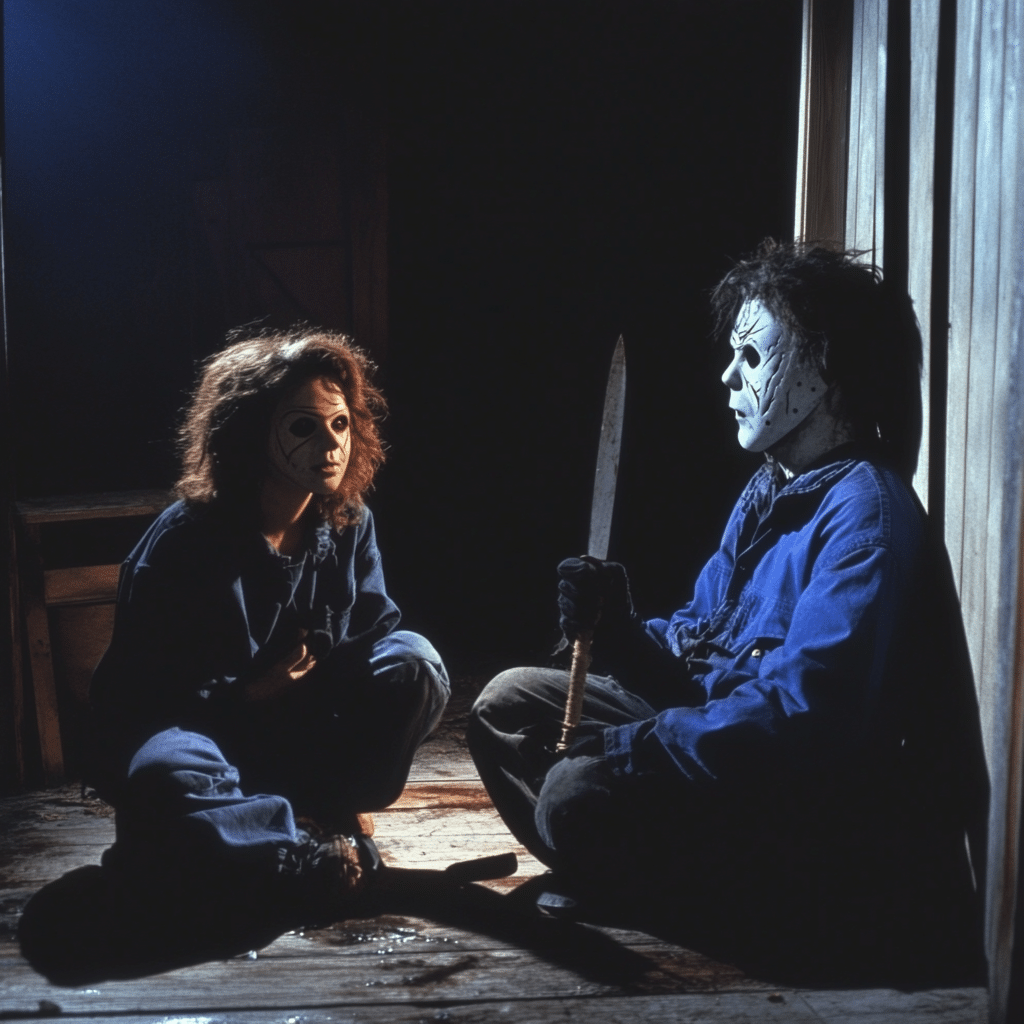
Behind the Scenes Mysteries
“Halloween 6: The Curse of Michael Myers” is infamous for its mystifying plot twists and production troubles. Did you know the film experienced a shaky development? The script went through multiple revisions, and originally, it was supposed to connect more closely with the earlier franchise entries. This attempt to tie everything together left fans speculating about the film’s true intentions, much like the rumors swirling around Disney’s new magic Bands( that aim to streamline experiences at their parks. It’s curious how both have their fans scratching their heads about what’s really going on behind the scenes!
Another fascinating tidbit is that “Halloween 6” introduced the concept of a “Curse of Thorn,” hinting at a deeper mythology concerning Michael Myers. Interestingly, the film features actor Paul Rudd in his first major role, playing Tommy Doyle—the little boy from the original “Halloween.” Rudd’s character brings a fresh twist, much like the trendy Peso Pluma haircut( that’s captured the attention of many with its striking aesthetic. With Rudd eventually becoming a huge star, his involvement in this horror flick adds a layer of charm and curiosity to the film’s legacy.
Stars and Connections
You might be surprised to learn that the movie also features a young Donald Pleasence, who reprised his role as Dr. Loomis, adding gravitas to the project. As the film teetered towards a more supernatural angle, some film experts compared it to children’s shows like Sesame Street,( where whimsical insights provide an unexpected contrast to darker themes. Well, maybe not the best comparison in terms of tone, but you get the idea—“Halloween 6” had its share of light and dark moments!
Additionally, the cast included recognizable faces like J.C. Brandy and Marianne Hagan, who were part of a very unique ensemble. Speaking of unique paths, did you know that Tracey Gold, known for her acting chops, was once spotlighted in discussions about horror films? She reflects the varied careers actors can navigate after iconic roles, much like the transformations we see in those wielding the famous Sansa From Game Of Thrones( persona. Each film brings forth layers of interpretation, even with the all-too-real horror lurking around.
Legacy and Impact
Eventually, “Halloween 6” became a cult classic, drawing viewers into a mix of nostalgia and terror. Just like the various adaptations of George and Mandy’s first marriage that explore the tension in relationships, this film showcases Michael Myers as a symbol of fear that transcends generations. Amidst all this, themes swirl reminiscent of Lee Greenwood’s powerful God Bless The Usa—both( carry cultural weight, infusing thrill and reflection into their narratives.
The legacy of “Halloween 6” continues to spark discussion, with some ardent fans diving deep into its hidden layers, much like gamers are drawn into the excitement of Golden Blitz monopoly go,( revealing how stories evolve and captivate audiences over time. So, whether you’re revisiting the film for thrills or dissecting its various elements, it’s clear that “Halloween 6: The Curse of Michael Myers” remains an intricate piece of horror history, full of surprising revelations yet to be fully uncovered.
